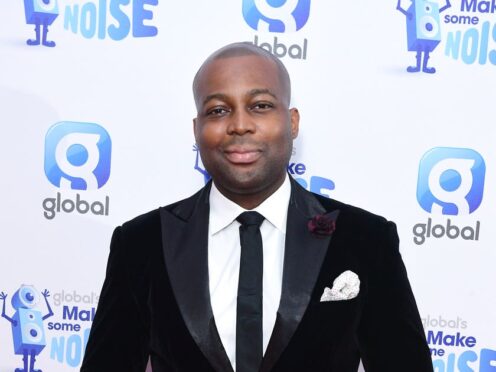Struggling to cope with someone’s passive-aggressive behaviour? A north-east counsellor has explained where it comes from and how to handle it.
Anger can sometimes be used in a positive manner, helping us to be assertive and solve problems as they arise.
But at other times, they can leave people expressing annoyance with something indirectly, rather than openly addressing the issue.
Inverurie-based online counsellor Carol Gordon has shared her secrets for coping in these situations.
‘You’re doing great on your diet – do you still have a lot to lose?’
Passive aggression isn’t always immediately noticeable – and is often dressed up as a compliment or a joke.
On the surface, it might seem as though nothing is amiss.
Carol explained: “They can be generous at giving compliments, however they are usually backhanded compliments.
“For example: ‘I’m so happy to hear you got a promotion – it’s not a job I would want to do’.
“Or: ‘You’re doing great on your diet, do you still have a lot of weight to lose?'”
Similarly, someone might make an insulting remark then follow it up by claiming they were “only joking”.
‘They’ll say they’re fine, then make it obvious they’re not’
Another common trait of passive-aggression is giving someone the silent treatment.
“If you ask if everything is okay, they will typically say they are fine, while making it evident that they are not fine,” Carol explained.

She believes passive-aggressive individuals can be “extremely manipulating” – sometimes offering acts of generosity that they’ll fail to actually carry through as promised.
“This leaves the person confused as to whether they were being helpful, or intentionally trying to cause problems for them,” she explained.
“For the recipient it can even cause them to question their own behaviour, or take responsibility for something they did not do.”
So why are some people passive-aggressive?
It’s something everyone can be guilty of at one point or another – but why are some people continually passive-aggressive?
Carol says it can be down to psychological factors, like learned behaviour.
They may have seen their parent behave this way when they were a child, and mimicked the behaviour in adulthood.

Or, it could be the opposite – if someone didn’t feel they could express their emotions fully when they were younger, they might not have fully learned how to share their feelings.
Carol added: “Social factors such unemployment or debt can result in passive-aggressive behaviour too, as they attempt to hide their problems rather than talk with those close to them.”
So how should I respond to someone being passive-aggressive?
Carol advises her clients to meet passive-aggressive behaviour with “empathy” – without being accepting of the other person’s actions.
“If you notice someone close to you is persistently using this type of behaviour, there are ways to let them know you are not accepting it,” she said.
“It is important this is done in a way that is not aggressive, and using empathy is key.”
The best way is to show you value their opinion, but state you’re happy with your own approach.
Carol added: “For instance, use ‘I am’ statements – such as: ‘I am grateful for your offer to finish the project, but I am keen to get this one completed myself’.
“This can be useful as it can demonstrate to the other person how they can communicate in a way that is not passive-aggressive.”
Read more:
Lennie James: I found it hard to control my emotions during Save Me Too filming












Conversation